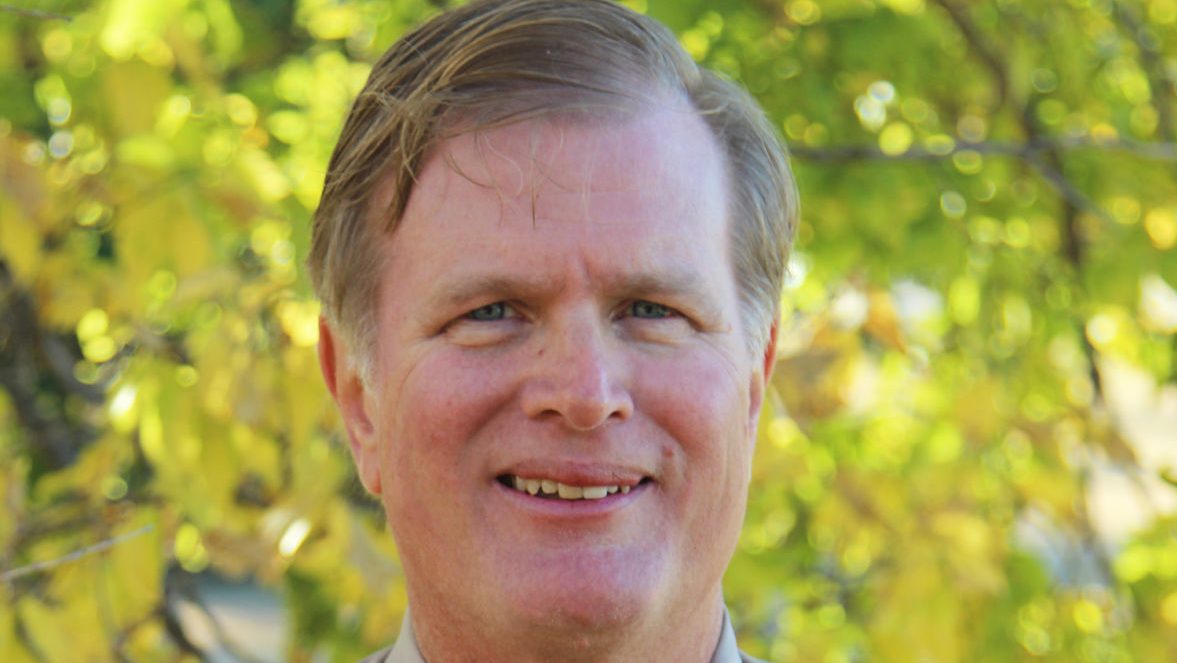Presidents Day arrives on Feb. 17 with much ado for some and yet many involved in the agricultural industry understand it is another workday.
The presidents themselves understand the importance of paying homage to their predecessors in a dignified manner as agriculture tended to teach them about being humble and thankful.
In an agrarian society at the end of the 18th century and beginning of the 19th century, all of the presidents were tied directly to production agriculture from George Washington to Thomas Jefferson.
The U.S. Department of Agriculture began in 1862 under President Abraham Lincoln, which was quite an achievement considering the country was in the Civil War. The Morrill Act was signed into law in 1862 to establish the land-grant college system that began the process of bringing higher agricultural education to rural states.
President Franklin D. Roosevelt, through his New Deal, instituted federal farm programs during the Great Depression and the roots of stewardship programs remain in place. His administration also brought about rural electricity to homes and farms
Two heartland presidents—Harry Truman of Missouri, and Dwight D. Eisenhower of Kansas—knew firsthand about farm work. They also served our country back-to-back from 1945 to 1961. Those were difficult years from the end of World War II and into the Cold War. Their understanding of the importance of food and nutrition not only to stop starvation but also to give Europeans a fighting chance to rebuild their countries was the impetus of food programs. Humanitarian efforts such as the Berlin, Germany airlift directed by Truman and Ike’s Food for Peace saved many lives.
Other presidents over the years have also directed farm products to countries torn by war and disaster so that citizens could survive.
Jimmy Carter was the last commander-in-chief with direct farming ties when he was elected president in 1976. The runaway inflation train that was followed by a rapid climb in interest rates and a grain embargo to the former Soviet Union was one of the most difficult periods in rural America.
Still, many Americans have a fondness for the sincerity of the nation’s 39th president who did understand their day-to-day struggles and, even at age 95, continues to pursue humanitarian causes.
There have been several presidents with varied agricultural backgrounds.
Many of the modern presidents also came from states in the High Plains and heartland regions, where agriculture and agribusiness was crucial to their states, including Presidents George H.W. Bush of Texas, Bill Clinton of Arkansas, George W. Bush of Texas and Barack Obama of Illinois. Today’s commander-in-chief, Donald Trump, of New York, says that farmers and ranchers were essential to his 2016 win.
Agriculture has been the most important building block in America’s success story. If a president overlooks that connection or fails to understand the story of production agriculture he will define his own demise.
Dave Bergmeier can be reached at 620-227-1822 or [email protected].

